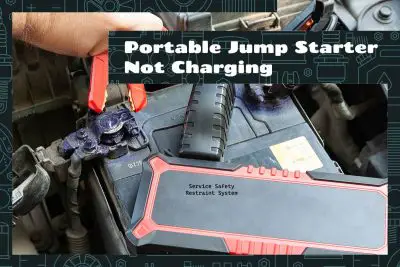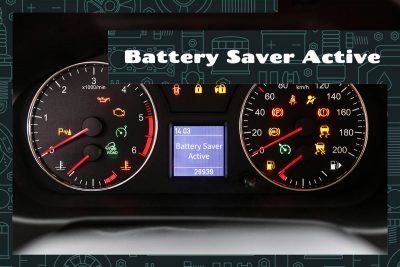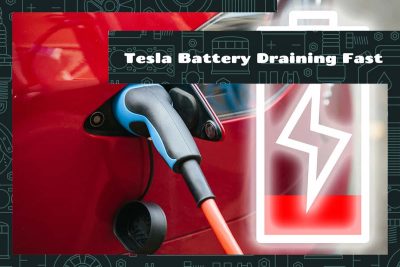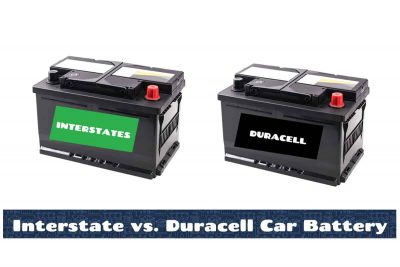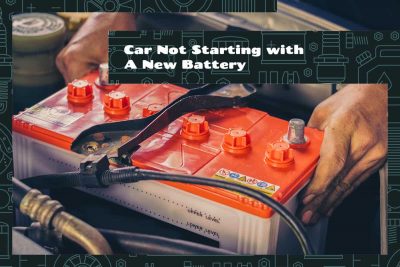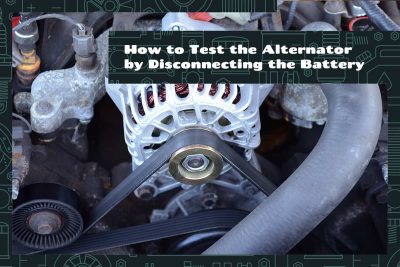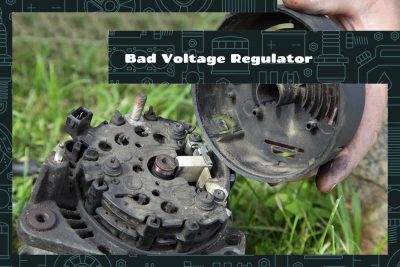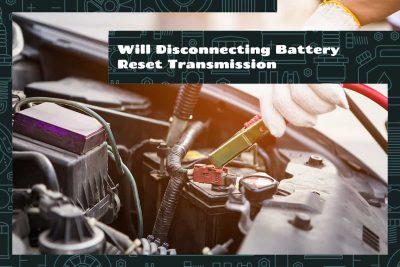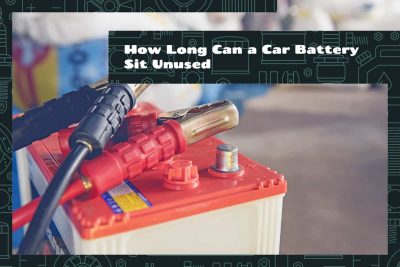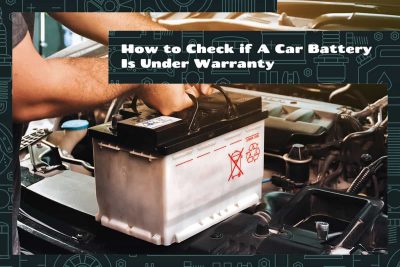A dead battery is worthy of panic, which is why every driver should have jumper cables or—even better!—a portable jump starter. This has been a savior for many in such a situation. As convenient as these devices are, they can sometimes face charging issues.
The ‘Battery Saver Active’ alert signals that your vehicle has detected an excessive battery drain and has automatically reduced some electrical loads to save energy. Upon seeing this alert, you should reduce any unnecessary electrical usage and inspect your battery for condition problems.
There can be multiple reasons for a Tesla’s battery to drain faster than usual. Factors like extreme temperatures, continuous use of high-performance modes, frequent rapid accelerations, or even certain charging practices can influence battery performance and longevity.
Interstate batteries are known for their high cold-cranking amps (CCA) and long-lasting durability. Duracell, on the other hand, is recognized for its efficient reserve capacity and wide availability. Interstate typically offers specialized batteries for different vehicle types, while Duracell aims for general compatibility.
To put a Ford F150 in neutral with a dead battery, locate the shift release on or near the gear stick, press and hold the shift release button, and manually move the lever into the neutral position.
The ideal temperature for your car’s AC should be around 21-27°C (69-80°F). This range provides a comfortable cabin environment while optimizing fuel efficiency.
Few experiences can be as perplexing as turning your car’s ignition, only to find it won’t start—especially when you’ve just installed a brand-new battery. Most drivers expect a new battery to be the panacea for all their car start-up problems. After all, isn’t it logical that replacing the old, worn-out one with a fresh battery should resolve all issues? Unfortunately, the reality can sometimes be starkly different, throwing drivers into a conundrum.
Your car’s alternator is an essential component that keeps your vehicle running smoothly. It generates electricity to power all the electrical systems while charging the battery to ensure it’s always ready to start the engine. A simple and effective way to test your alternator at home is by disconnecting the battery.
A voltage regulator is like a traffic cop for electricity. Just like traffic cops ensure cars flow smoothly without crashing, voltage regulators keep electric current flowing safely and consistently through our gadgets, like phones, computers, and even cars. If it goes bad, it can cause lots of problems.
Disconnecting the battery can reset the Transmission Control Module (TCM), but it may not necessarily resolve underlying transmission issues. It’s a temporary solution that could help in some cases, but professional diagnosis and repair are often necessary.
Generally, a car battery can sit unused for about two to three months without losing its charge. After this period, the battery may start to discharge, which can lead to difficulties when starting the car.
To find out if your battery is still under warranty, look for a little sticker or code on it. The sticker or code will tell you when and where the battery was made. Most batteries are covered by the warranty for 1-5 years.
